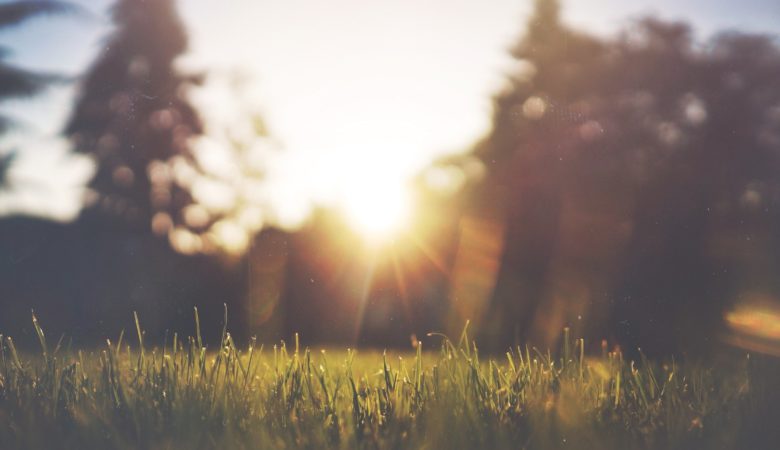Use Light Therapy to Get Better Sleep

You’re tossing and turning again: it’s 3am, and you can already tell that sleep isn’t going to happen tonight. The rest of the day is bound to be exhausting. You won’t be at your best, and if it keeps happening, it could seriously affect your sleep.
What if we told you that shining a bright light in your face could help?
Light therapy is often used to help people with seasonal affective disorder (SAD), but it can also help regulate your sleep cycles. Here’s how it works—and what you should know before buying your own light box.
How light affects your sleep cycles
Your sleep cycles are tied to your circadian rhythms, biological rhythms that typically follow a 24-hour cycle. The body and brain use light as a cue to know when to wake up and when to go to sleep—it’s why those natural light alarm clocks are effective in waking people up.
This study explains it in more detail: “The regulation of melatonin and temperature is controlled by the suprachiasmatic nucleus (SCN) in the hypothalamus of the brain, which fluctuates cyclically but needs an external stimulus to maintain a consistent 24-hour cycle. That key external stimulus is variation in light and darkness over the course of the day, and, in particular, exposure to high light levels during the morning hours. These cyclical changes in light levels in turn synchronize the SCN to the 24-hour day, assuring that the timing of physiological rhythms, so that we are asleep during nighttime hours and awake during daytime hours.”
In other words, your body and brain need to be exposed to bright light in the morning. This sends the signal that now is the time to be awake—and in approximately 16 hours, it will be time to go to sleep.
Now that the days are getting shorter, and the sun doesn’t rise as early, you’re more likely to experience sleep cycle disruptions. It’s hard to come to terms with the fact that it’s time to get up and go to work when it’s still pitch black outside. It’s also difficult to stay awake at night when it gets dark at 5pm. You can blame science for that one.
Granted, if your insomnia is caused by other issues, like chronic stress, fixing your disrupted circadian rhythms might not fully solve the problem. However, it can help.
Let there be light (in a box)
When you suffer from insomnia, there’s an easy and inexpensive solution: light therapy. First, you should talk to your doctor about your sleep cycles and other health conditions that may impact them. Some medications increase light sensitivity, and bright light may trigger manic episodes in people with bipolar disorder. Once you get the go-ahead, you can invest in your very own light box.
Select a light box between 2,000 to 10,000 lumens. Your doctor may have a specific recommendation. Make sure that you get a light box designed for light therapy. Avoid UV lights, which can damage your skin. (They are also not the right type of light to help adjust circadian rhythms.)
Light boxes come in a variety of shapes and sizes, so choose one that works for your needs. Some are designed to be set on the floor while others might be placed on a tabletop. There are even light therapy glasses, which is a clever portable solution.
Once you have the right light box, position it about 16 to 24 inches from your face. Don’t look directly into the light, but make sure that the light reaches your eyes. Then sit there and bask in the light for as long as your doctor recommends. It could be anywhere from a half hour to two hours. You can still use electronic devices while you’re using the light box. When you’re done, switch it off and go about your day as usual.
Conquer your insomnia once and for all
Light therapy is just one way to regulate your sleep/wake cycles. As mentioned earlier, if there are other causes, like chronic stress or unhealthy sleep hygiene, you’ll need to address those issues, too. As a general rule, it’s a good idea to stop using electronics that emit blue light a couple hours before bedtime.
With any luck, your light box can help you conquer insomnia once and for all—and if you suffer from depression or SAD, it might help with those problems, too.

